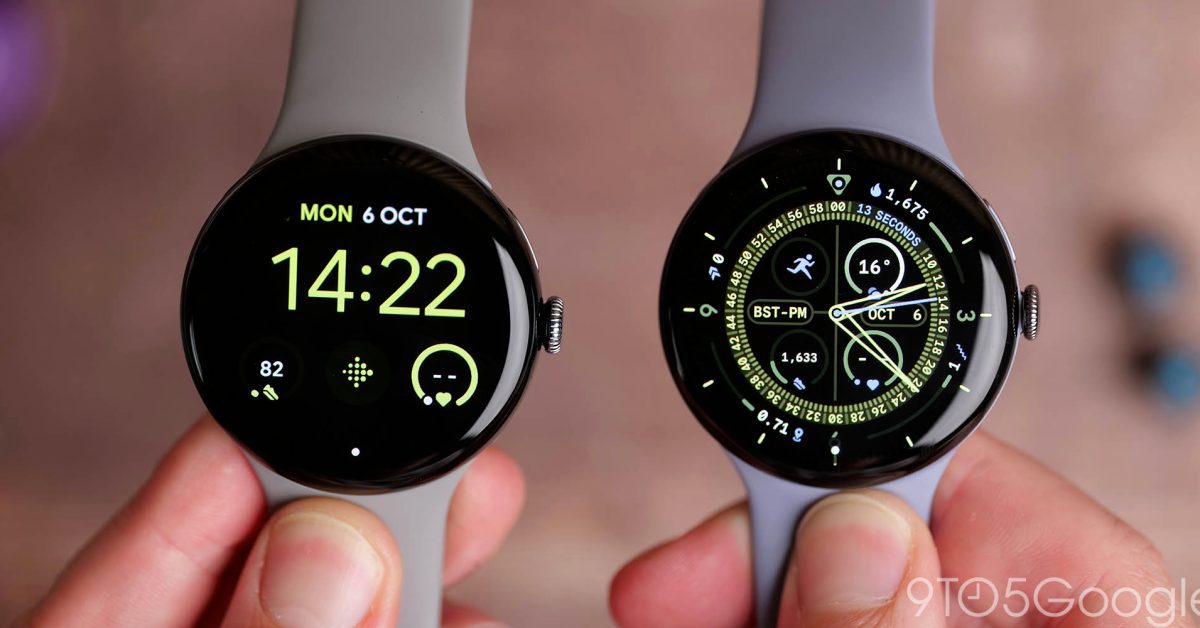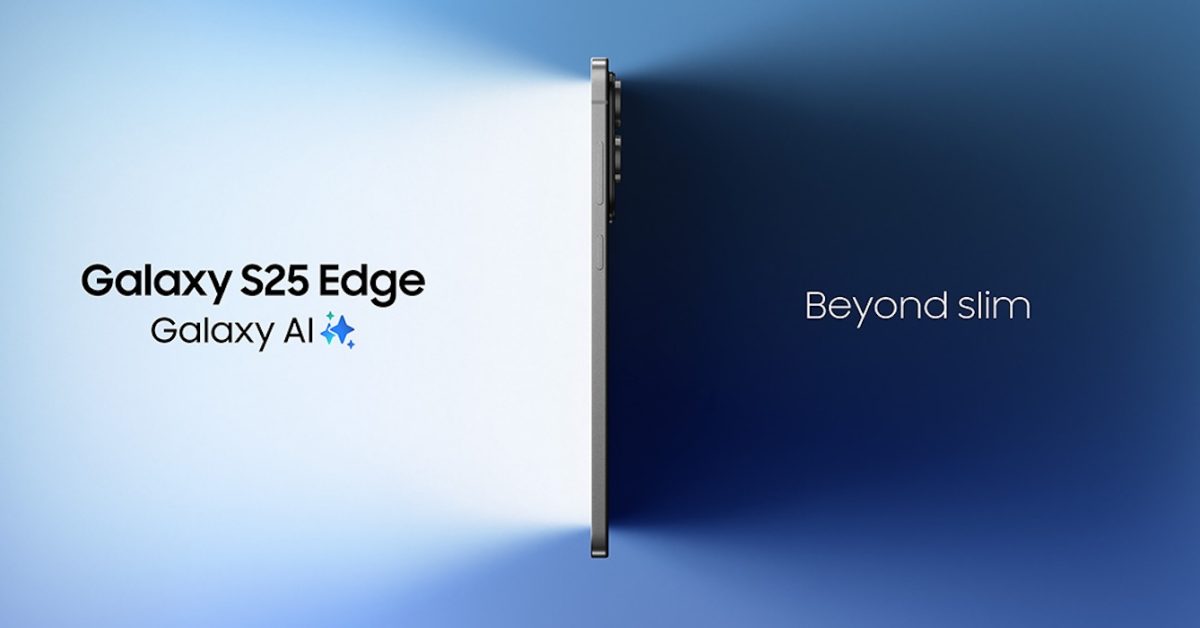pixel watch 4 gets easy teardown and Google’s Pixel Watch 4 has been designed with serviceability in mind, as demonstrated by a recent teardown conducted by iFixit, revealing the ease with which users can repair the device.
pixel watch 4 gets easy teardown and
Design Philosophy Behind the Pixel Watch 4
The Pixel Watch 4 marks a significant evolution in Google’s smartwatch lineup, reflecting a growing trend in the tech industry towards sustainability and user empowerment. By prioritizing serviceability, Google aims to extend the lifespan of its devices, reducing electronic waste and promoting a culture of repair over replacement.
This design philosophy is particularly relevant in an era where consumers are increasingly concerned about the environmental impact of their technology. The Pixel Watch 4’s modular design allows for easier access to its components, making it more user-friendly for those who wish to perform their own repairs or upgrades.
iFixit Teardown Insights
The teardown conducted by iFixit provides a comprehensive look at the internal structure of the Pixel Watch 4. The detailed analysis reveals that the watch is not only easier to disassemble than its predecessors but also features components that are more straightforward to replace. This is a notable shift from earlier models, which often required specialized tools and expertise to repair.
During the teardown, iFixit highlighted several key aspects of the watch’s design:
- Modular Components: The Pixel Watch 4 includes modular components that can be easily accessed and replaced. This includes the battery, display, and various sensors, which are all designed to be user-serviceable.
- Use of Adhesives: While some components are held together with adhesives, iFixit noted that the adhesive used is not overly strong, allowing for easier disassembly without damaging the parts.
- Standardized Screws: The use of standardized screws throughout the device simplifies the repair process, making it easier for users to find the right tools and parts.
Repairability Score
iFixit assigns a repairability score to devices based on their ease of repair, and the Pixel Watch 4 received a favorable rating. This score reflects the watch’s design, which prioritizes accessibility and user-friendliness. A higher repairability score indicates that users can more easily perform repairs, which is increasingly important as consumers seek to extend the life of their devices.
Implications for Consumers and the Environment
The emphasis on repairability has significant implications for both consumers and the environment. As technology continues to advance rapidly, the lifespan of devices often shortens, leading to increased electronic waste. By designing the Pixel Watch 4 with repairability in mind, Google is taking a proactive approach to combat this issue.
For consumers, the ability to repair their devices can lead to cost savings. Instead of purchasing a new smartwatch when a component fails, users can replace the faulty part themselves or seek assistance from third-party repair shops. This not only saves money but also empowers users to take control of their technology.
Consumer Reactions
Initial reactions from consumers and tech enthusiasts have been largely positive. Many users appreciate the transparency that comes with a device designed for repair. The teardown has sparked discussions about the importance of repairable technology and how it can influence purchasing decisions.
Some consumers have expressed excitement about the potential for third-party accessories and modifications, which could enhance the functionality of the Pixel Watch 4. This could lead to a vibrant ecosystem of aftermarket products that cater to users looking to customize their devices.
Official Repair Manuals
In addition to the teardown, Google has released official repair manuals for the Pixel Watch 4. These manuals provide step-by-step instructions for various repair procedures, further empowering users to take on repairs themselves. The availability of these resources is a significant step forward in promoting a culture of repair.
The manuals cover a range of topics, including:
- Battery Replacement: Instructions for safely removing and replacing the battery, a common repair need for smartwatch users.
- Display Repair: Guidance on how to replace a cracked or malfunctioning display, which is often one of the first components to fail in wearable devices.
- Sensor Maintenance: Tips for maintaining and replacing various sensors, ensuring that users can keep their devices functioning optimally.
Impact on Repair Industry
The release of official repair manuals and the emphasis on serviceability may also have a ripple effect on the repair industry as a whole. By providing users with the knowledge and tools to repair their devices, Google is fostering a community of DIY repair enthusiasts. This could lead to an increase in independent repair shops that specialize in smartwatches and other consumer electronics.
Moreover, as more companies adopt similar practices, we may see a shift in the industry towards more sustainable and repairable products. This could ultimately benefit consumers by providing them with more choices and better support for their devices.
Challenges and Considerations
Despite the positive reception of the Pixel Watch 4’s design, there are still challenges and considerations to keep in mind. While the device is designed to be more repairable, not all consumers may feel comfortable performing repairs themselves. Some may still prefer to rely on professional services, which could limit the impact of the watch’s repairability features.
Additionally, the availability of replacement parts is crucial for the success of this initiative. If users cannot easily find the necessary components to perform repairs, the benefits of a repairable design may be diminished. Google and third-party manufacturers will need to ensure that replacement parts are readily accessible and affordable.
Future of Wearable Technology
The Pixel Watch 4 sets a precedent for future wearable technology. As consumers become more aware of the environmental impact of their devices, companies may feel pressured to adopt similar practices. The trend towards repairability could lead to a new standard in the industry, where consumers expect transparency and support for repairs.
Moreover, as technology continues to evolve, the integration of more advanced features in wearables may necessitate a focus on repairability. Devices that are difficult to repair may face backlash from consumers, leading to a decline in sales and brand loyalty.
Conclusion
The Pixel Watch 4 represents a significant step forward in the realm of wearable technology, combining advanced features with a commitment to repairability. The insights gained from the iFixit teardown and the availability of official repair manuals empower consumers to take control of their devices, promoting sustainability and reducing electronic waste.
As the industry moves towards a more repair-friendly future, the Pixel Watch 4 may serve as a model for other tech companies looking to align with consumer values and environmental concerns. The implications of this shift could reshape the landscape of consumer electronics, making repairability a key factor in purchasing decisions.
Source: Original report
Was this helpful?
Last Modified: October 11, 2025 at 10:38 am
0 views















